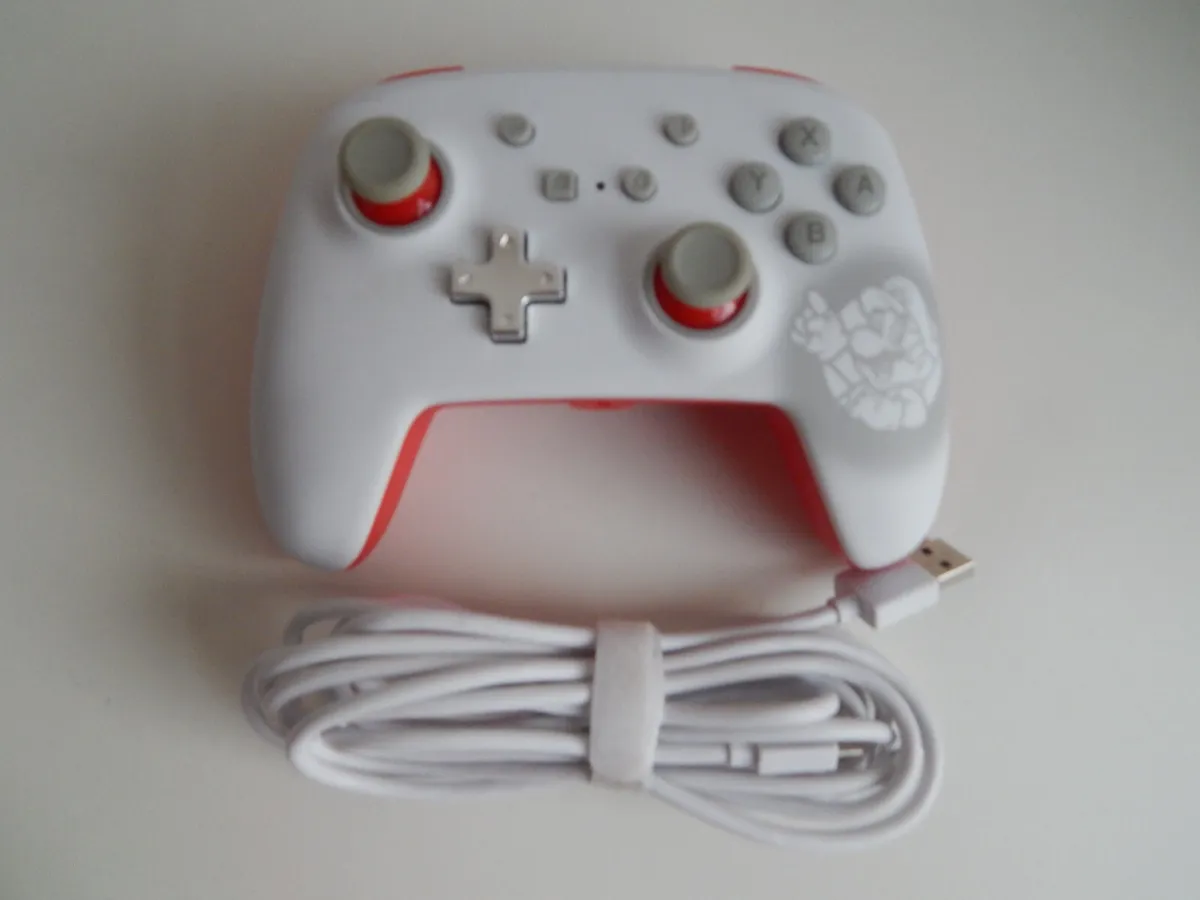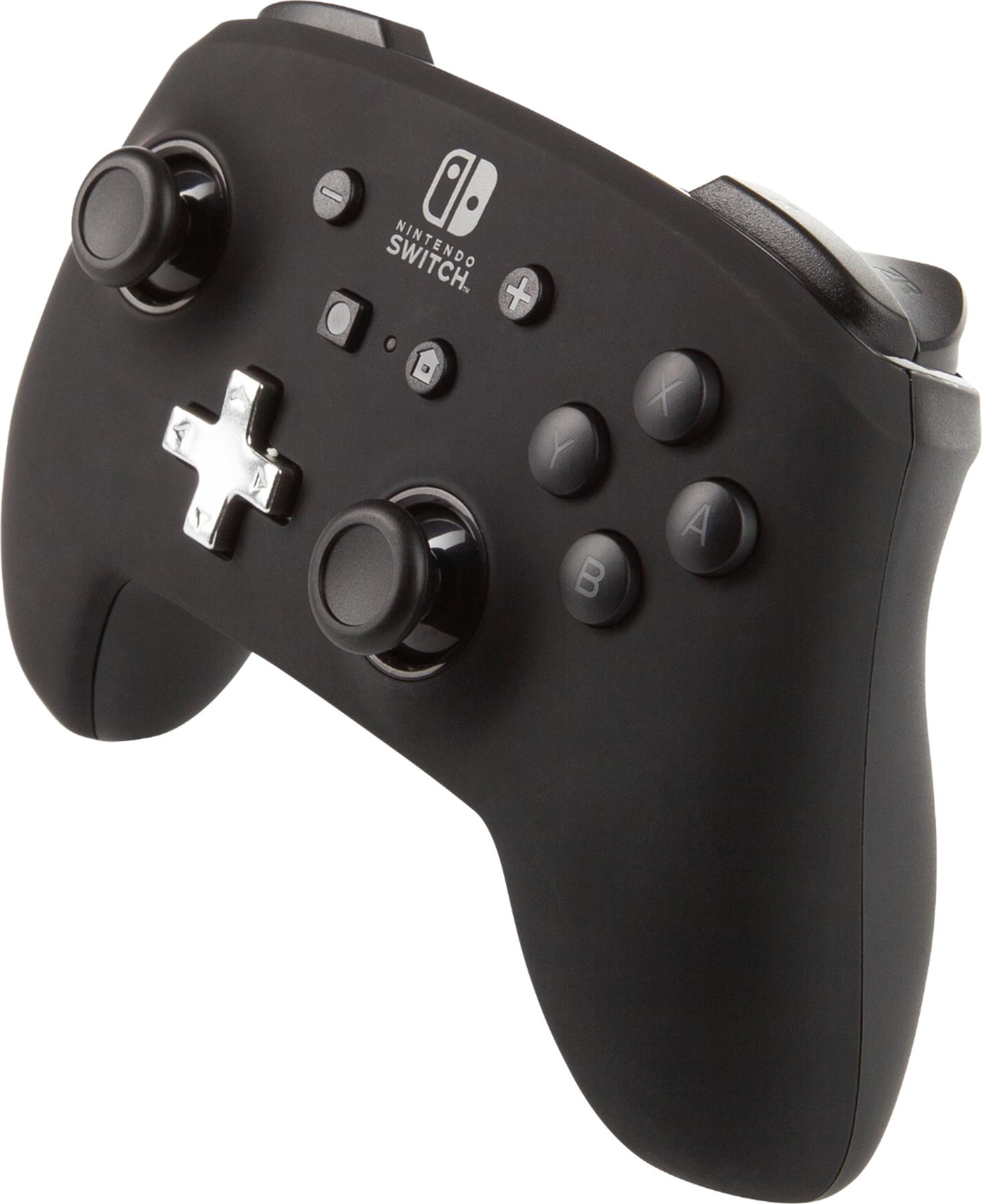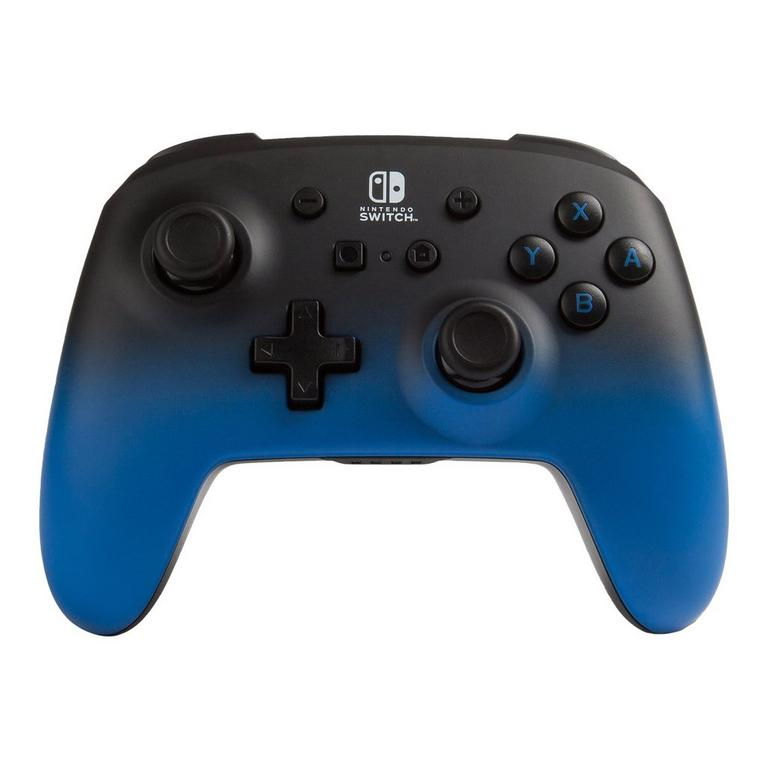In today’s digital age, gaming has become an integral part of our lives. One popular gaming device is the Nintendo Switch. The Switch controller, a vital component of this console, has revolutionized the gaming experience with its versatility and ease of use. Ensuring that your Switch controller is adequately powered is essential for uninterrupted gameplay. This article will explore various methods of powering a Switch controller, maintenance tips, and some common issues associated with power management.
Understanding the Basics of Switch Controllers
Different Types of Switch Controllers
The Nintendo Switch offers different types of controllers, including the Joy-Con controllers and the Pro controller. Each has unique features and charging mechanisms. The Joy-Con controllers come with the main console and can be attached or detached as needed. Each Joy-Con controller has its own battery and can be charged when connected to the Switch console. On the other hand, the Pro controller is a more traditional gamepad and is recognized for its ergonomic design and extended battery life.
Battery Life and Playing Time
Battery life is one of the most critical aspects of any gaming controller. The Joy-Con controllers offer about 20 hours of gameplay once fully charged. In contrast, the Pro controller boasts a longer life, providing up to 40 hours of gameplay on a single charge. Understanding the battery life helps gamers to plan their gaming sessions and avoids interruptions due to a drained battery. It’s essential to know how to check the battery status of your controllers. Most Switch games provide an on-screen indicator showing the remaining battery life of each attached controller, which allows for timely recharges.
Methods of Powering a Switch Controller
Charging Joy-Con Controllers
Charging Joy-Con controllers is relatively simple. When attached to the console, the Joy-Con controllers draw power from the main unit, even if the Switch is docked. To charge them most effectively, plug the console into its dock, which, in turn, is connected to a power source. This will charge both the console and any attached Joy-Cons simultaneously. Alternatively, there are Joy-Con charging grips and charging docks available on the market. These are beneficial for users who prefer not to attach Joy-Cons to their console or who have multiple Joy-Con sets.
Charging the Pro Controller
The Pro controller can be charged using a USB-C cable. This cable typically comes with the controller and can be plugged into the console or directly into a power outlet using a USB adapter. The charging time for the Pro controller is approximately 6 hours for a full charge. Besides using the bundled cable, several third-party chargers and docks are available that offer distinctive features such as faster charging times and better portability.
Using a Charging Dock
A charging dock is an excellent accessory for any serious gamer. Charging docks typically allow simultaneous charging for multiple devices. A well-designed charging dock can charge the Nintendo Switch console, Joy-Con controllers, and Pro controllers all at once. This ensures that all your gaming peripherals are fully charged and ready for use at any time. Some advanced models even incorporate LED indicators to show the charging status, which is a handy feature to monitor the progress.
Maintenance Tips for Prolonging Battery Life
Regular Charging Cycles
One of the best ways to ensure the longevity of your controller’s battery is to adhere to regular charging cycles. Avoid leaving your controllers with very low or dead batteries for extended periods. This practice can adversely affect the battery’s ability to hold a charge in the long run. Regularly charging and discharging the battery helps maintain its health over time.
Avoiding Overcharging
Modern batteries come with in-built mechanisms to prevent overcharging. However, it is still a good practice to unplug your controller once it is fully charged. While built-in circuits prevent significant damage, constantly keeping the controller on charge even after it is full may generate unnecessary heat. Heat is detrimental to battery health, so staying cautious about prolonged charging can help maintain battery efficiency.
Keeping Your Controllers Cool
Temperature plays a crucial role in battery performance. Extreme temperatures can harm the battery life of your Switch controllers. Always store your controllers in a cool, dry place, away from direct sunlight. High temperatures can cause batteries to swell and degrade faster, whereas very low temperatures can temporarily reduce battery performance. Keeping your gaming gear at an optimal temperature significantly helps in maintaining its longevity.
Software and Firmware Updates
Keep your Nintendo Switch console and its controllers updated with the latest software and firmware. These updates often contain patches that improve battery performance and other optimizations to enhance your overall gaming experience. Regularly checking for updates ensures that you are getting the most out of your controllers and helps identify and resolve any existing issues with battery management.
Common Power-Related Issues and Troubleshooting
Controllers Not Charging
Sometimes, you may notice that your controller isn’t charging despite being plugged in. This issue can arise due to multiple reasons. First, ensure that the charging cable or dock is working correctly by testing it with another device. If the cable or dock is functioning, the issue could be with the controller’s port. Clean the charging port with a small, dry brush to remove any dirt or debris that might be obstructing the connection. If the problem persists, the internal battery might be defective and in need of replacement.
Rapid Battery Drain
Another common issue is the rapid draining of the controller’s battery. Several factors can contribute to this problem, including background processes and outdated firmware. First, make sure that your controllers and console are running on the latest firmware. If they are updated and the problem still exists, consider replacing the battery. Frequent battery drain can also indicate that the battery has reached the end of its lifecycle and is no longer capable of holding a charge efficiently.
Sync and Connection Issues
Sync issues can sometimes be mistaken for battery problems. If your controller frequently disconnects or fails to sync with the console, it may give the impression that the battery is dead. In reality, the issue might be related to software bugs or interference from other wireless devices. Re-syncing your controller with the console and ensuring that no other electronic devices are causing interference can usually resolve these issues.
Contacting Support
When all else fails, contacting Nintendo’s customer support can be the best course of action. They offer troubleshooting help and can guide you through steps that might not be publicly documented. If your controller is under warranty, any necessary repairs or replacements could be done at no extra cost. Keeping all purchase documentation and warranty information handy can speed up this process.
Conclusion
Powering a Switch controller efficiently goes beyond merely plugging it into a charger. Understanding different charging methods, employing good maintenance practices, and troubleshooting common issues are key to ensuring a seamless gaming experience. Through the tips and guidelines shared in this article, you now have the knowledge to keep your Switch controllers in optimal condition. Investing in quality charging accessories and staying informed about your controller’s battery health are the cornerstones for extended and enjoyable gaming sessions. Follow these practices religiously, and your gaming gear will serve you well for a long time.





